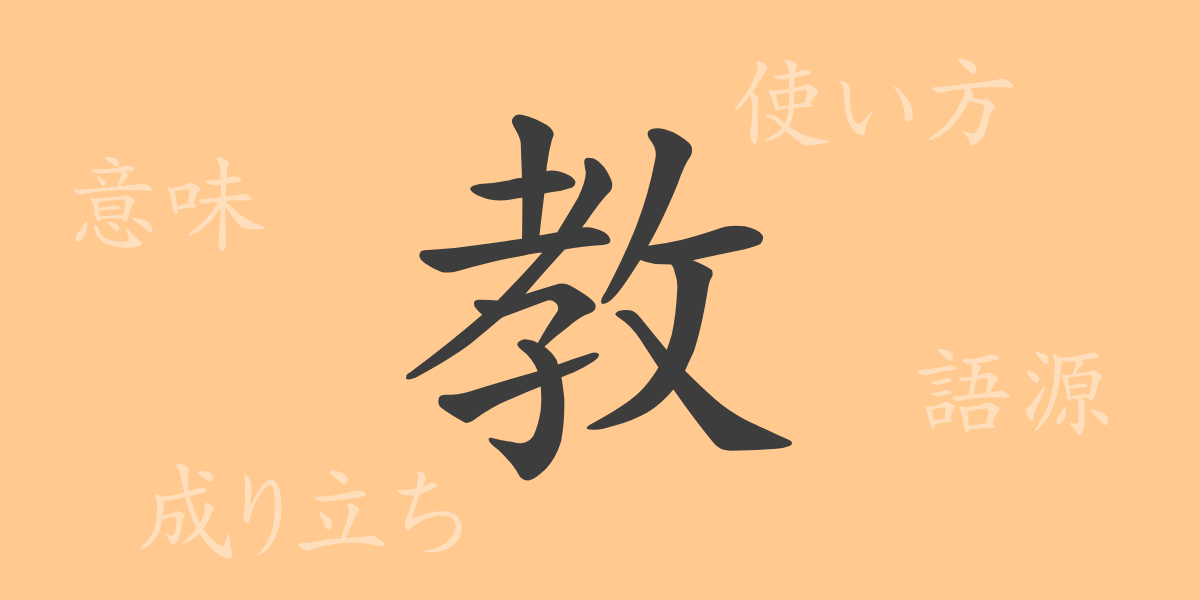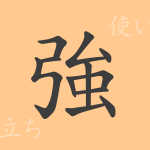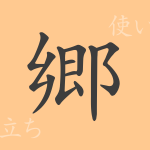Kanji deeply rooted in Japanese culture hold more than mere textual value. Each kanji encompasses unique history, meaning, and beauty. This time, we spotlight the common kanji “教(きょう)” and delve into its origins and contemporary usage. “教(きょう)” is used in many words related to education and learning, making it an essential kanji in our daily lives. Through this article, let’s explore the world of “教(きょう)” and rediscover its charm.
Origin of 教(きょう)
The origin of the kanji “教(きょう)” dates back to ancient China. This character combines the radical “攴(ぼく)” which indicates the action of teaching, and “子(こ)”, symbolizing a child. The character represents the act of teaching a child by striking, metaphorically indicating guidance. Over time, this kanji has come to be used in contexts related to education and instruction.
Meaning and Usage of 教(きょう)
The kanji “教(きょう)” means “to teach,” “to be taught,” and “to educate.” Broadly, it also encompasses “to instruct” and “to enlighten.” As a commonly used kanji in everyday life, it appears in various contexts such as school education and social education, where knowledge and skills are imparted.
Readings, Stroke Count, and Radical of 教(きょう)
The kanji “教(きょう)” has multiple readings in Japanese.
- Readings: The on’yomi (Chinese reading) is “キョウ(きょう)”, and the kun’yomi (Japanese reading) includes “おし.える(おしえる)” and “おそ.わる(おそわる)”.
- Stroke Count: “教(きょう)” consists of 11 strokes.
- Radical: The radical is “攵(ぼくづくり)”, indicating an action related to teaching or striking.
Idioms and Proverbs Using 教(きょう)
Numerous idioms and proverbs feature the kanji “教(きょう),” reflecting its meanings. Here are some examples:
- 教育(きょういく): The act of teaching knowledge and skills to children or students.
- 教養(きょうよう): Cultivating a mind enriched with broad knowledge and deep understanding to lead a cultured life.
- 教訓(きょうくん): Teachings that serve as life guidelines.
- 教科書(きょうかしょ): Textbooks used in schools to learn specific subjects.
- 教えを乞う(おしえをこう): Seeking instruction or advice from someone.
Conclusion on 教(きょう)
The kanji “教(きょう)” symbolizes concepts related to education and learning. From its formation to its modern usage, it appears in many words and expressions, deeply ingrained in the lives of Japanese people. “教(きょう)”, which signifies the importance of teaching and being taught, is indispensable for transmitting knowledge and preserving culture. Through this article, we have understood the profound meaning and usage of “教(きょう)”. When encountering “教(きょう)” in daily language, recall its history and meaning to appreciate the richer world of words.

























